Fujian Assembly Hall in Hoi An
The photogenic Fujian (Phuc Kien) assembly hall was created as a place in which residents from Fujian in China could meet up and socialise whilst living or visiting Hoi An. Built around 1690 with the main gate added much later, the assembly hall is also a World Cultural Heritage site and is much visited today by those seeking a glimpse of this superb piece of architecture.
.jpg)
The inside of the assembly hall contains the Jinshang Golden Mountain temple dedicated to Thien Hau, the goddess of the sea and caretaker of sailors, featuring altars adorned with delicately carved dragons. There is also a fertility shrine to help answer the prayers of childless couples who visit.
The Fujian assembly hall began life as a thatched pagoda dedicated to Buddha and built by the Vietnamese. The pagoda was then sold to Phuk Kien traders who undertook the restoration of the pagoda which had by then become somewhat run down. It was then reopened as the Phuk Kien Assembly Hall and became a symbolic icon of Hoi An architecture and one which has gained a reputation as a heritage masterpiece of great historical importance.
The assembly hall is full of statues, bronze bells and drums with lacquered works of art lining up in a vivid celebration of Fujian artistry. Unsurprisingly Chinese celebrations frequently take place in dramatic style at the assembly hall. Animal pictures and statues are in abundance including mythical creatures such as the Unicorn signifying knowledge, whilst the Phoenix is there in the name of nobility.
The main centre of attraction is the temple dedicated to the sea goddess Thien Hau who rests alongside the goddess Thuan Phong Nhi who is credited with hearing the distress call of ships thousands of miles away and the goddess Thien Ly Nhan who has the vision to see those ships.
.jpg)
It is well worth timing your visit with a Chinese festival to see the hall in its full glory. Take a moment to admire the artwork outside before or after you explore inside, when you do step inside look for the mosaic foundation complete with fish to represent achievement. There is also a turtle close by to signify endurance.
Opening Hours: Daily from 08:00-17:00
Location: 46 Tran Phu Street
Remarks: It is wise to dress respectfully although it is not a strict requirement.
See more
-
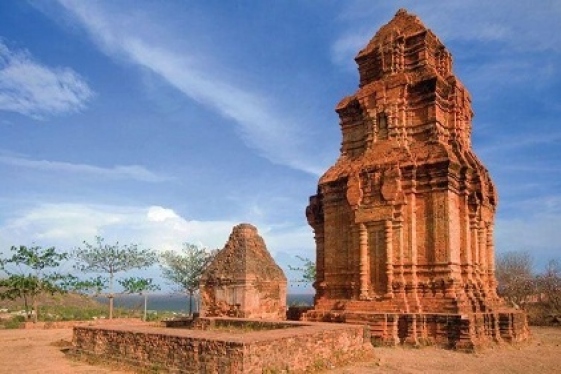
Po Sha Nu Tower
Po Sha Nu Tower is an ancient relic that was built in the late 8 th century and early 9 th century at Cham Kingdom. This tower has a sophistication and unique architecture...
-
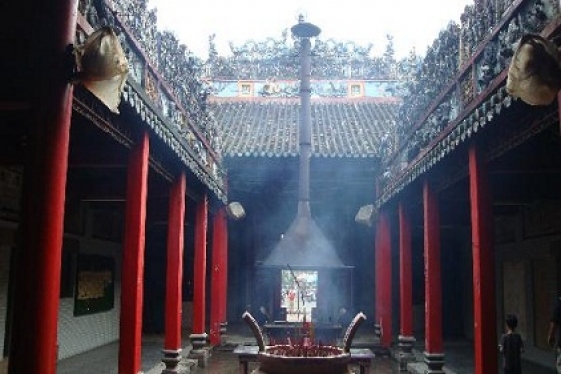
Ho Chi Minh's Chinatown
Ho Chi Minh City’s Cholon is Vietnam’s largest Chinatown with roots dating back to 1778; it’s also a place of great historical and cultural importance....
-
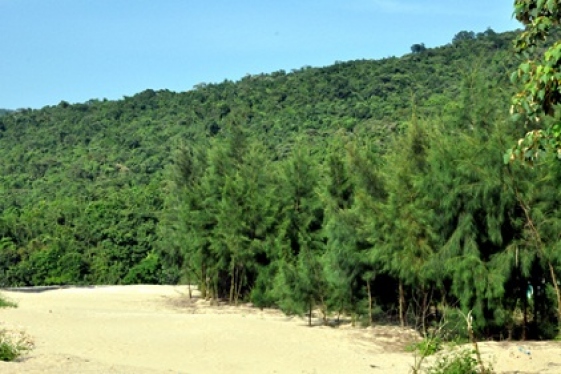
Ba Mun Island
Ba Mun Island is an island belonging to Minh Chau communes of Van Don District of Halong Bay, lying parallel to the island of Quan Lan. The Island is also known as High Island...
-
.jpg)
Ngoc Vung Island
Ngoc Vung Island is a romantic place which possesses primitively beautiful landscapes with freshest and most delicious seafood of the bay at the lowest price.
-
.jpg)
Bat Trang Pottery
Bat Trang, traditional porcelain and pottery village with history of seven centuries, is an interesting attraction in Hanoi that tourists should not ignore.
-
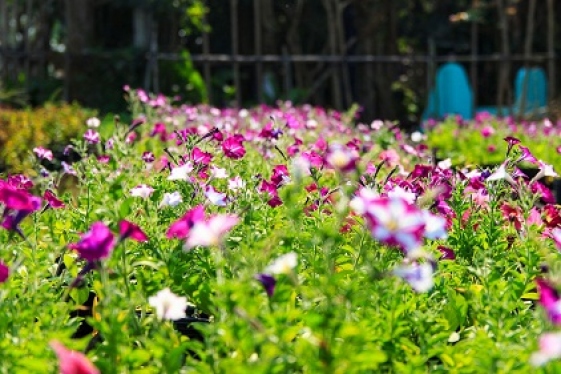
Sa Dec flower village
Sa Dec is home to many kind of flowers and one of flower centers of South Vietnam. The best time to visit Sa Dec village is in spring when all flowers are blooming and Sa Dec...
-
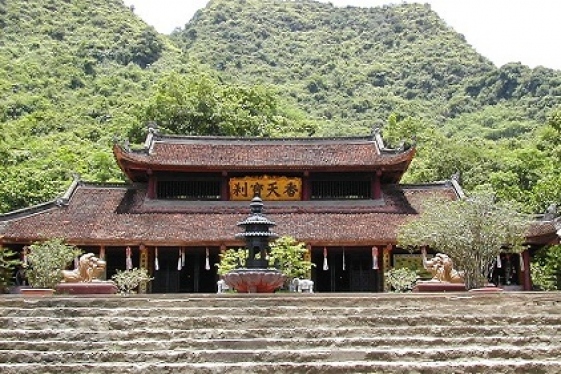
The perfume Pagoda
The Perfume Pagoda (Chùa Hương) is a vast complex of Buddhist temples and shrines built into the limestone Huong Tich Mountains.
-

Cat Cat Village
Cat Cat village is one of the most famous destination of not only domestic travellers but also foreign ones. It is located on on the Muong Hoa Valley and...
-
.jpg)
Ham Rong mountain
Being shaped like a dragon’s head dimly looming in the thin veil of the early morning, Ham Rong (Dragon Jaw) Mountain that is fine combination of man-made and natural...
-
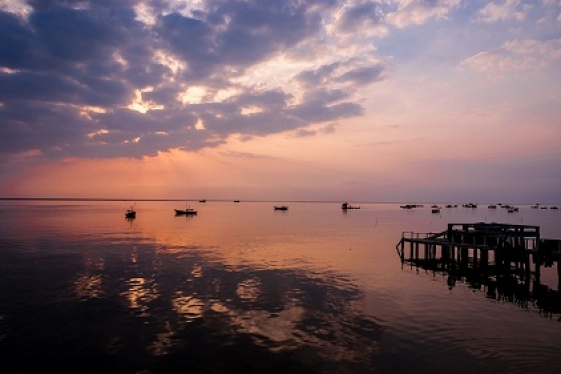
Ham Ninh fishing village
If you want to see the most beautiful dawn and eat the freshest seafood in Phu Quoc, you should go to Ham Ninh fishing village which is an ancient fishing village. In Ham...
Destinations
Most popular tours
-
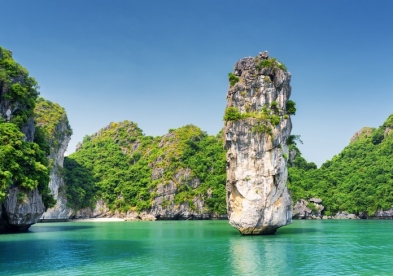
Halong Bay Cruise 1 Day
Price from: 43 US$
-
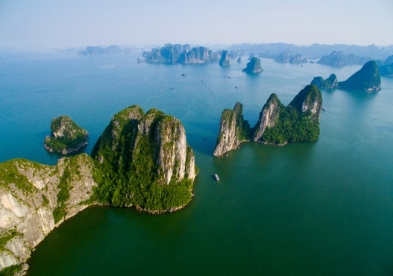
Northern Vietnam Delights
Price from: 1.460 US$
-
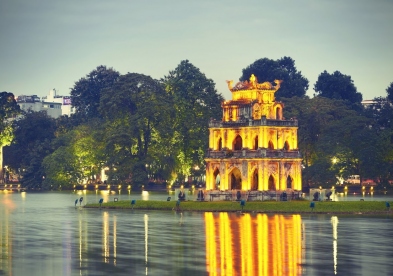
The Finest Vietnam
Price from: 2.420 US$
-
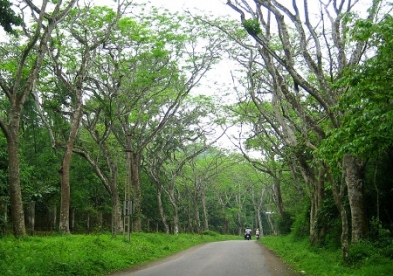
Cuc Phuong National Park
Price from: 30 US$
Business info
Vietnam Local Guide
- Address: 18th Floor, VTC Online Tower, 18 Tam Trinh Str.,Hai Ba Trung Dist., Hanoi, Vietnam
- Email: info@vietnamguider.com
- Phone: (+84) 0904989890
- Hotline: (+84) 0904989890